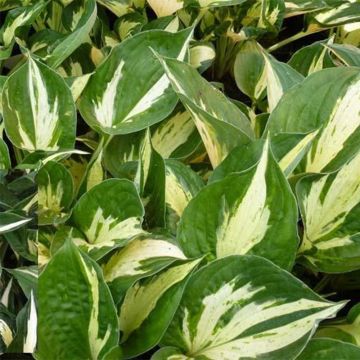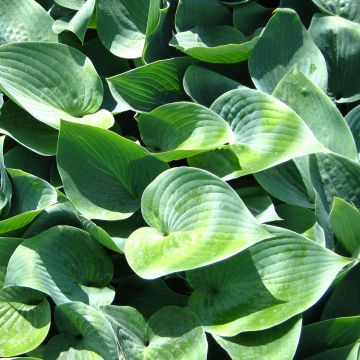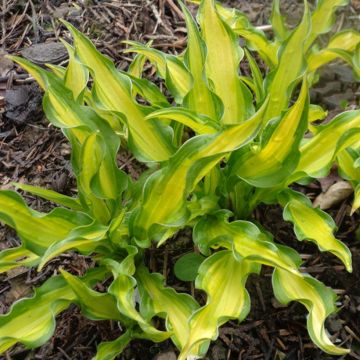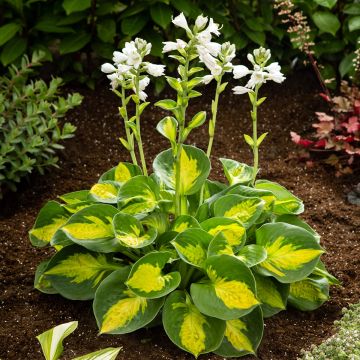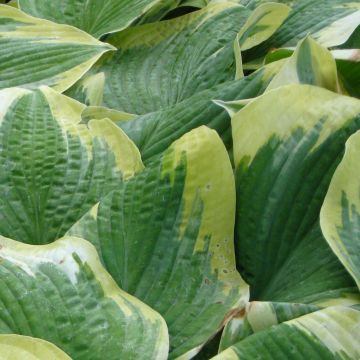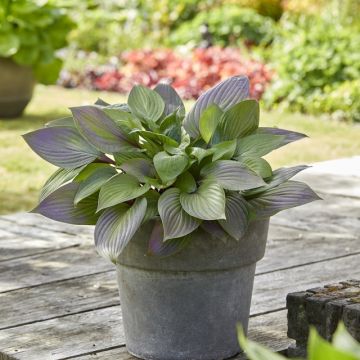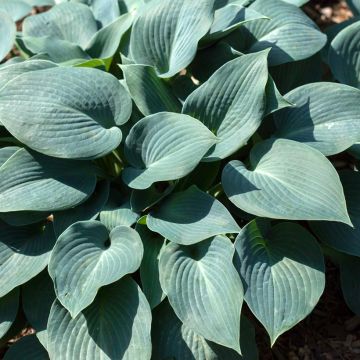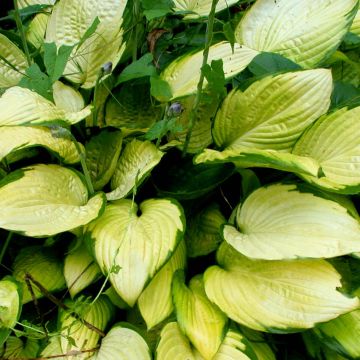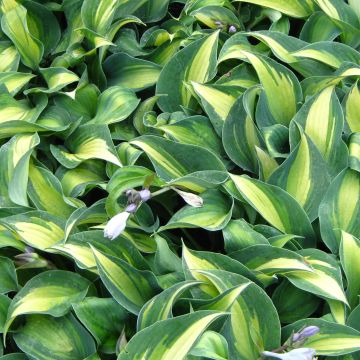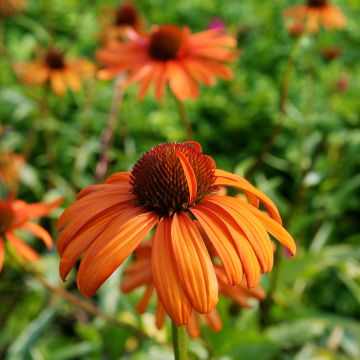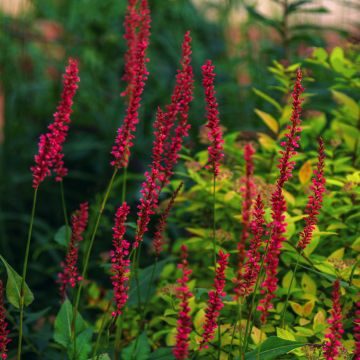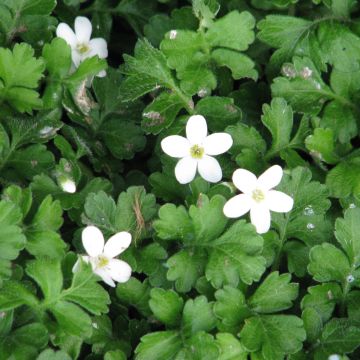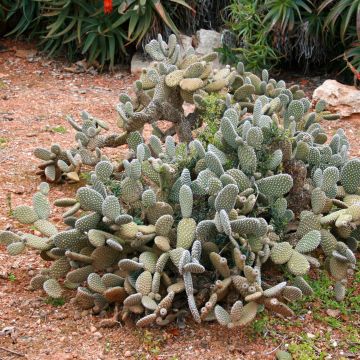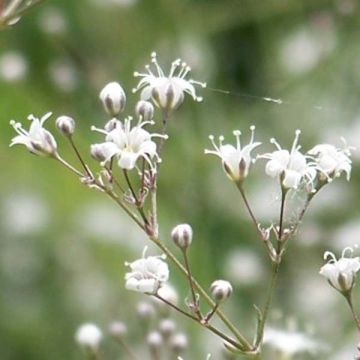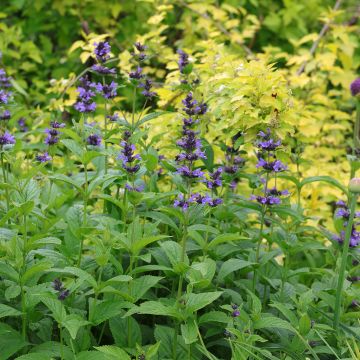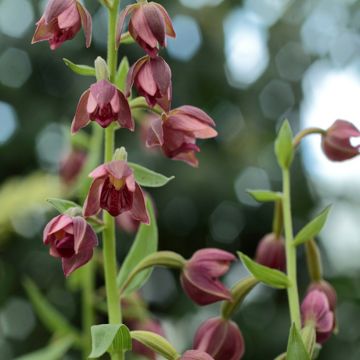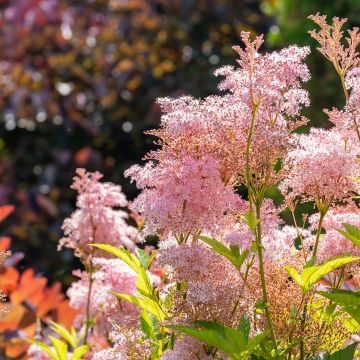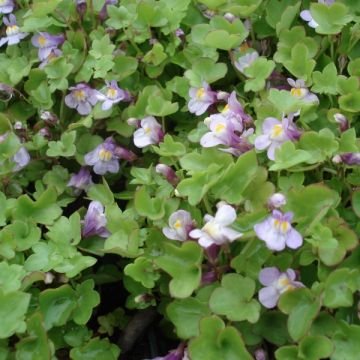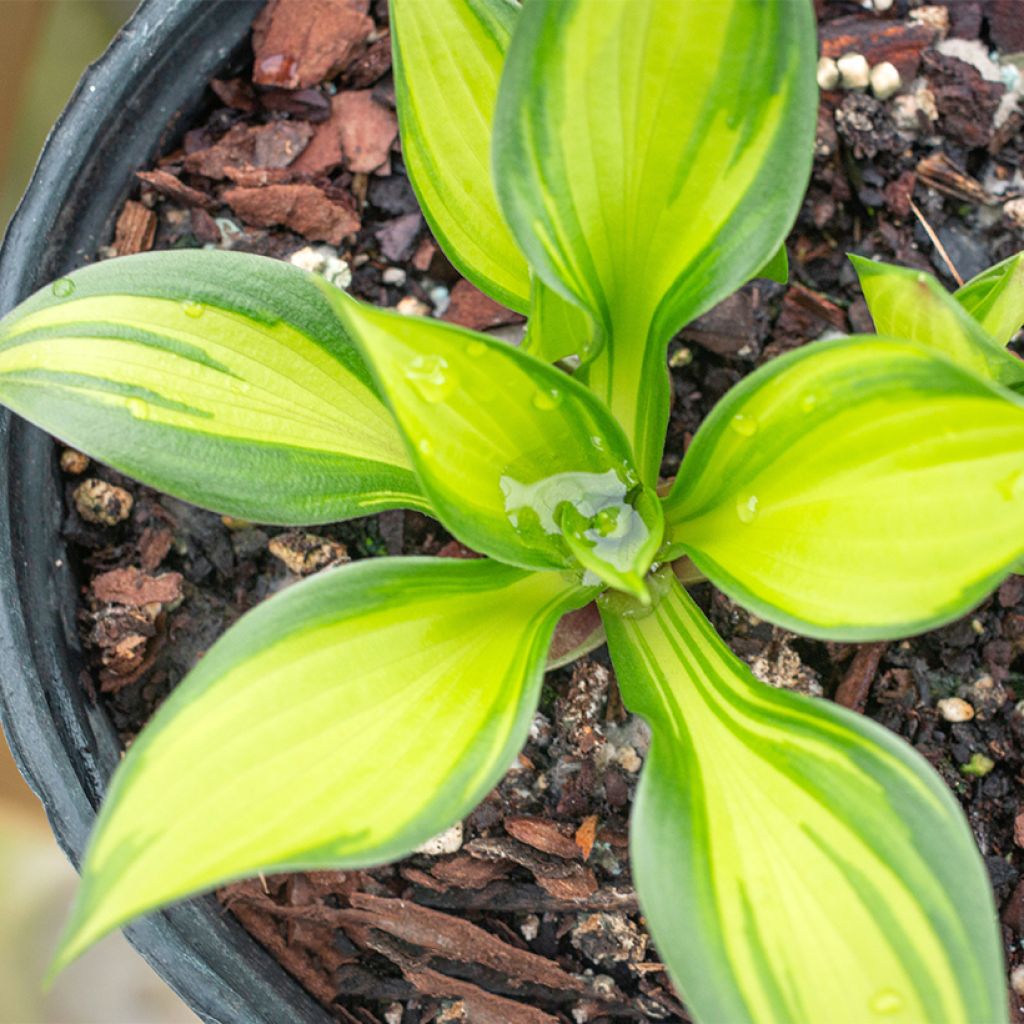

Hosta Ayesha
Hosta Ayesha
Hosta Ayesha
This item cannot be shipped to the selected country
Delivery charge from €5.90
More information
Schedule delivery date,
and select date in basket
This plant carries a 12 months recovery warranty
More information
We guarantee the quality of our plants for a full growing cycle, and will replace at our expense any plant that fails to recover under normal climatic and planting conditions.
From €5.90 for pickup delivery and €6.90 for home delivery
Express home delivery from €8.90.
Does this plant fit my garden?
Set up your Plantfit profile →
Description
Hosta 'Ayesha' is a mutation of the variety 'June Fever'. Of medium size, but quite wide, this variegated cultivar develops thick and glossy, veined, heart-shaped, oval or more elongated leaves. They are initially chartreuse green in the centre, evolving to lemon green in summer, and irregularly bordered with dark green. In summer, the erect flower stalks adorned with lavender flowers are quite attractive. This variety brightens up borders or shaded terraces.
Hostas are deciduous perennial plants that belong to the asparagaceae family, or hostaceae according to classifications. Hosta 'Ayesha' is a mutation of 'June Fever', obtained by J. van den Top. It is a long-lasting plant that will reach about 35 cm in height. It forms a compact clump, wider than it is tall, as it can spread over 70 to 80 cm. Its foliage is deciduous, thick and heart-shaped with a tapered tip, with very apparent parallel veins. Note that the foliage colouration and contrast vary depending on the age of the leaf and are enhanced in a slightly sunny exposure. Flowering takes place in July-August, in the form of pendulous lavender bells carried by 60 cm tall flower stalks that rise well above the foliage.
Originally from China, Korea, and Japan, Hostas are very hardy plants. They are most often found as ground cover under deciduous trees, in moist borders or rockeries, especially near ornamental ponds. Hosta 'Ayesha' pairs well with partial shade with acid-green lady's mantle, lungworts, ferns, barrenworts, and Siberian spring beauty, with which it forms beautiful colourful combinations that require little maintenance. It also looks great on dark-coloured mulch. Plant it with other hostas with yellow, green, or blue foliage. Variegated and blue hostas, often with thick foliage, are less appealing to slugs and snails. All hostas grow well in pots and can remain in the same container for several years. As long as the foliage is not too dense, water from the top of the pot. Then place a saucer under the pot and maintain a constant level of water in summer. The beautifully patterned, heart-shaped leaves of this variety can be used in fresh bouquets.
Report an error about the product description
Flowering
Foliage
Plant habit
Botanical data
Hosta
Ayesha
Asparagaceae
Cultivar or hybrid
Other Hostas - Plantain Lilies
Planting and care
Plant Hostas in spring or autumn. Hostas thrive in deep, rich, humus-bearing, loose soil, preferably neutral to acidic (at least low in limestone), and moist to wet throughout the year. Plant 'Ayesha' in partial shade or dappled shade, and in a sheltered location protected from strong winds.
Prepare a planting hole that is 20 cm x 20 cm x 20 cm. If your soil is heavy, mix equal parts of compost with crumbled soil, partially backfill the hole, and place your plant so that the top of the root ball is covered with 3 cm of soil. Applying a slow-release fertiliser (dehydrated blood, horn powder) will nourish your plant during its rooting period without the risk of burning. Make sure to position the collar well above ground level. Firm the soil and water generously to eliminate air pockets. If the weather is dry, you will need to water regularly for a few weeks to help the establishment of your plant. Also, water regularly during dry summers.
With their common preference for moist locations, slugs and snails never stray far from hostas. Even though blue or variegated hostas often have thicker and tougher foliage, which is less attractive to slugs, these plants still need protection. Protect your Hostas by surrounding them with ferramol-based pellets (approved for organic farming), eggshells, coffee grounds, wood chips, or any dry and rough natural substance that repels them. Hedgehogs are the gardener's best allies in the fight against slugs and snails, as they do not till the soil like chickens and do not target the young green shoots of plants. Finally, some plants have an odour repellent to slugs, such as wormwood and garlic.
Planting period
Intended location
Care
This item has not been reviewed yet - be the first to leave a review about it.
Summer flowering perennials
Haven't found what you were looking for?
Hardiness is the lowest winter temperature a plant can endure without suffering serious damage or even dying. However, hardiness is affected by location (a sheltered area, such as a patio), protection (winter cover) and soil type (hardiness is improved by well-drained soil).

Photo Sharing Terms & Conditions
In order to encourage gardeners to interact and share their experiences, Promesse de fleurs offers various media enabling content to be uploaded onto its Site - in particular via the ‘Photo sharing’ module.
The User agrees to refrain from:
- Posting any content that is illegal, prejudicial, insulting, racist, inciteful to hatred, revisionist, contrary to public decency, that infringes on privacy or on the privacy rights of third parties, in particular the publicity rights of persons and goods, intellectual property rights, or the right to privacy.
- Submitting content on behalf of a third party;
- Impersonate the identity of a third party and/or publish any personal information about a third party;
In general, the User undertakes to refrain from any unethical behaviour.
All Content (in particular text, comments, files, images, photos, videos, creative works, etc.), which may be subject to property or intellectual property rights, image or other private rights, shall remain the property of the User, subject to the limited rights granted by the terms of the licence granted by Promesse de fleurs as stated below. Users are at liberty to publish or not to publish such Content on the Site, notably via the ‘Photo Sharing’ facility, and accept that this Content shall be made public and freely accessible, notably on the Internet.
Users further acknowledge, undertake to have ,and guarantee that they hold all necessary rights and permissions to publish such material on the Site, in particular with regard to the legislation in force pertaining to any privacy, property, intellectual property, image, or contractual rights, or rights of any other nature. By publishing such Content on the Site, Users acknowledge accepting full liability as publishers of the Content within the meaning of the law, and grant Promesse de fleurs, free of charge, an inclusive, worldwide licence for the said Content for the entire duration of its publication, including all reproduction, representation, up/downloading, displaying, performing, transmission, and storage rights.
Users also grant permission for their name to be linked to the Content and accept that this link may not always be made available.
By engaging in posting material, Users consent to their Content becoming automatically accessible on the Internet, in particular on other sites and/or blogs and/or web pages of the Promesse de fleurs site, including in particular social pages and the Promesse de fleurs catalogue.
Users may secure the removal of entrusted content free of charge by issuing a simple request via our contact form.
The flowering period indicated on our website applies to countries and regions located in USDA zone 8 (France, the United Kingdom, Ireland, the Netherlands, etc.)
It will vary according to where you live:
- In zones 9 to 10 (Italy, Spain, Greece, etc.), flowering will occur about 2 to 4 weeks earlier.
- In zones 6 to 7 (Germany, Poland, Slovenia, and lower mountainous regions), flowering will be delayed by 2 to 3 weeks.
- In zone 5 (Central Europe, Scandinavia), blooming will be delayed by 3 to 5 weeks.
In temperate climates, pruning of spring-flowering shrubs (forsythia, spireas, etc.) should be done just after flowering.
Pruning of summer-flowering shrubs (Indian Lilac, Perovskia, etc.) can be done in winter or spring.
In cold regions as well as with frost-sensitive plants, avoid pruning too early when severe frosts may still occur.
The planting period indicated on our website applies to countries and regions located in USDA zone 8 (France, United Kingdom, Ireland, Netherlands).
It will vary according to where you live:
- In Mediterranean zones (Marseille, Madrid, Milan, etc.), autumn and winter are the best planting periods.
- In continental zones (Strasbourg, Munich, Vienna, etc.), delay planting by 2 to 3 weeks in spring and bring it forward by 2 to 4 weeks in autumn.
- In mountainous regions (the Alps, Pyrenees, Carpathians, etc.), it is best to plant in late spring (May-June) or late summer (August-September).
The harvesting period indicated on our website applies to countries and regions in USDA zone 8 (France, England, Ireland, the Netherlands).
In colder areas (Scandinavia, Poland, Austria...) fruit and vegetable harvests are likely to be delayed by 3-4 weeks.
In warmer areas (Italy, Spain, Greece, etc.), harvesting will probably take place earlier, depending on weather conditions.
The sowing periods indicated on our website apply to countries and regions within USDA Zone 8 (France, UK, Ireland, Netherlands).
In colder areas (Scandinavia, Poland, Austria...), delay any outdoor sowing by 3-4 weeks, or sow under glass.
In warmer climes (Italy, Spain, Greece, etc.), bring outdoor sowing forward by a few weeks.

































